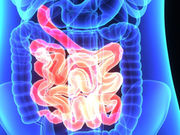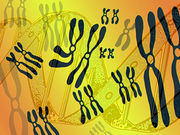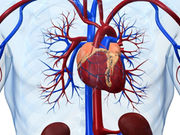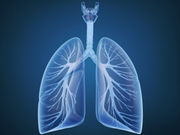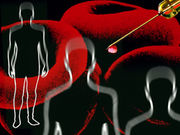SCCM: Circulating Histones for Most With Thrombocytopenia
Circulating histones for 91 percent of patients with thrombocytopenia, 55 percent of controls
G-Pen May Aid Hypoglycemia With Type 1 Diabetes
The mini-dose glucagon may provide more precise treatment than oral carb
Quality of Life After DCIS Diagnosis Doesn’t Decline
At two years after diagnosis, physical, mental measures same as non-cancer patients
Chewing Gum Improves Colonoscopy Preparation
Gum chewing minimizes discomfort and improves adherence to solution ingestion
New Mutations Help Predict Survival in RARS-T
Mutations help classify risk in refractory anemia with ring sideroblasts and thrombocytosis
Birth Defects Not Up Significantly With Anti-TNFs in Pregnancy
Based on data from health registers, risk of birth defects up slightly, but not significantly
Early Administration of β-Blockers Ups Survival in ACS
Reduction in in-hospital mortality and improvement in left ventricular function with early treatment
SCCM: Prevalence of ARDS 10.4 Percent in ICU Admissions
Acute respiratory distress syndrome seems to be underrecognized, especially in mild cases
SCCM: New Definitions, Criteria Developed for Sepsis
New criteria identify adult patients likely to have poor outcomes typical of sepsis
Three Classes of Antibiotic-Associated Encephalopathy ID’d
Three unique clinical phenotypes correlate with underlying pathophysiologic mechanisms










